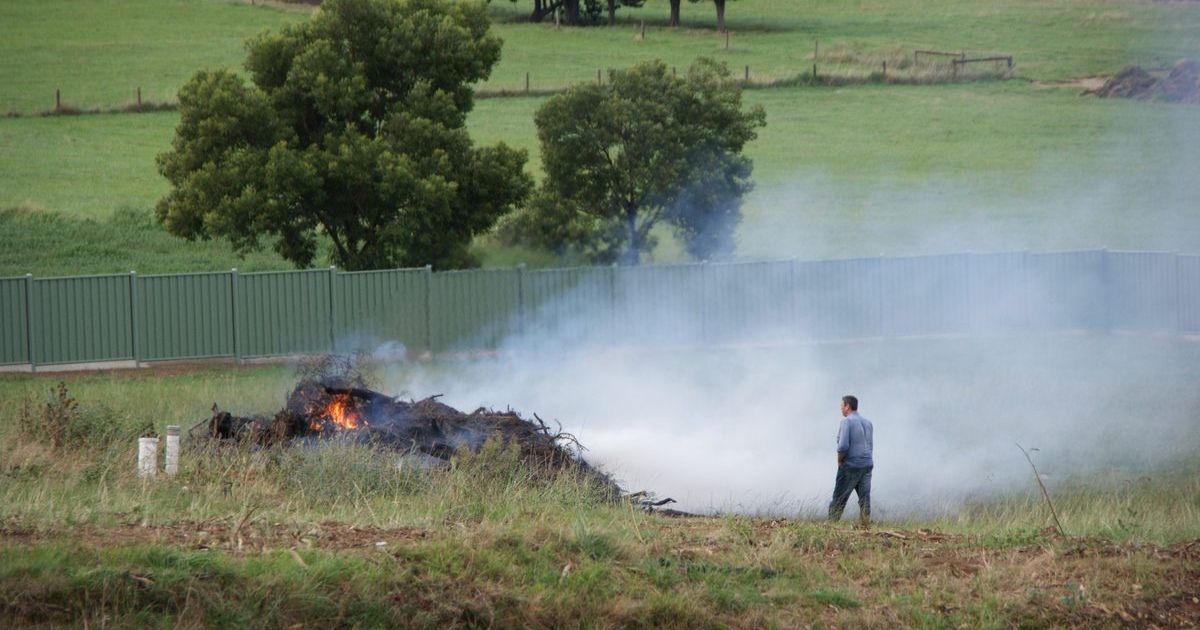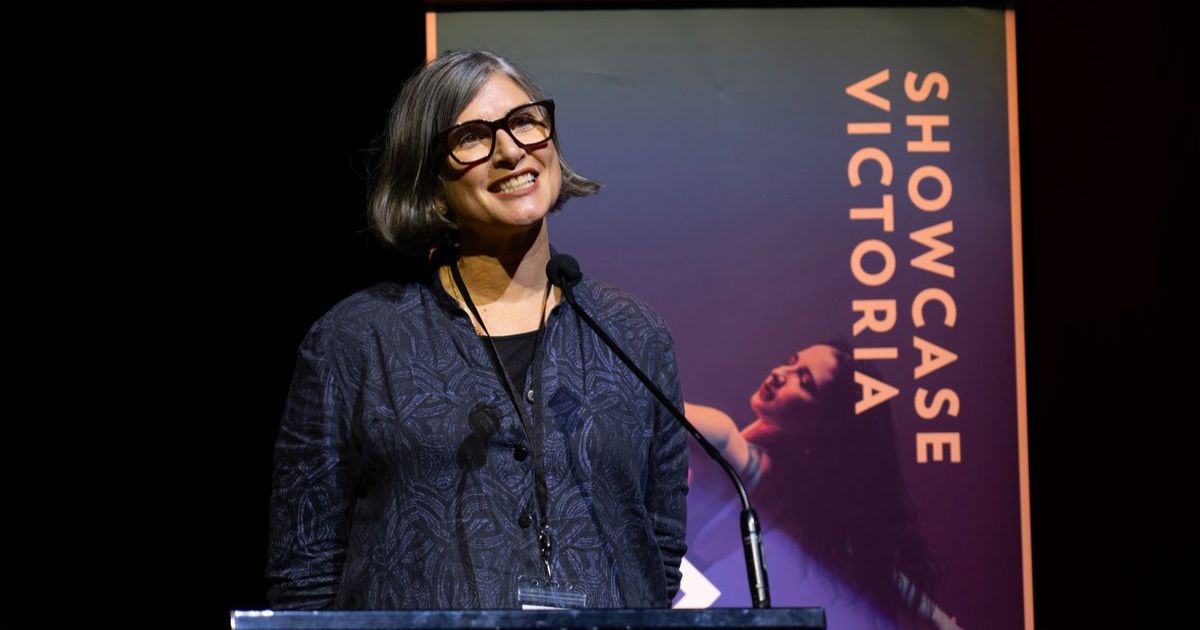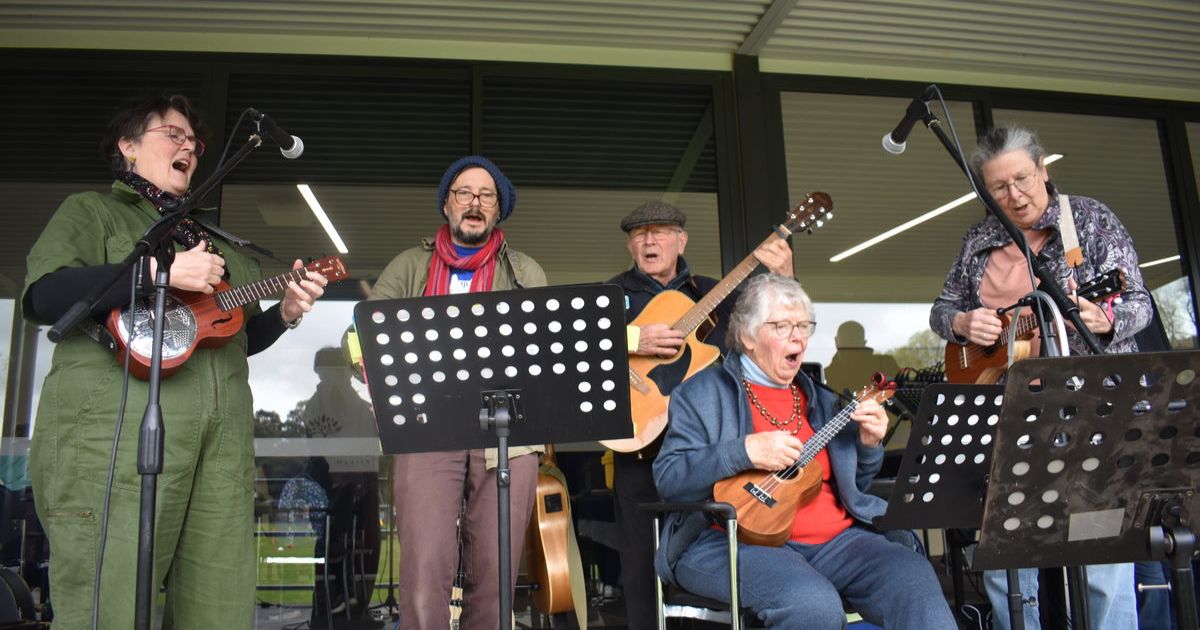The age of the bachelors’ ball

Take your partners: The 1911 Heathcote Bachelors' Ball was described as a "brilliant function" and this surviving dance card is now part of the Heathcote McIvor Historical Society's collection. Photo: FILE
HEATHCOTE’S social calendar was filled with dances in the early years of the twentieth century.
With no television, and music only from instruments played by family, friends and visiting musicians, they were a welcome highlight for district residents.
The bachelor and return balls were particularly popular and were often organised at short notice.
In July 1911, Heathcote’s single men gave locals the chance to waltz off their mid-winter blues in a successful, if crowded, event.
The McIvor Times was on hand to give a lengthy account of proceedings.
“When the bachelor fraternity of the town conceived the happy idea of holding a ball, they made up their minds to do it well, and in this they entirely succeeded, for it is doubtful if a more brilliant gathering has been seen within the walls of the Shire Hall than that which assembled there on Thursday evening last,” it reported.
”The hall was most artistically decorated, and reflected great credit on those who designed and carried the decorations out.
”The bachelors had chosen red and white as their colours, and these colours predominated in the decorations.
”Red and white streamers were suspended from the centre of the ceiling to the four corners of the hall, and the dado round the walls was festooned with the same colours.
”A very excellent supper was served before midnight.”
This did not, however, signal the end of the event.

“A very acceptable innovation was the supply of a cup of oyster soup at about 2am, which was greatly appreciated,” the paper reported.
But the night was not without its problems.
”The bachelors were most lavish in issuing their invitations, with the result that the hall was far too small to accommodate the large number present, and dancing was, consequently, carried on with a certain amount of difficulty, bumps being frequent,” the paper reported.
The evening’s overall success prompted a quick response and this was detailed in the McIvor Times on 24 August.
“After the hospitable manner in which the bachelors entertained a number of the married folk of the town it was only natural that they should return the compliment, which they did, the return ball taking place on Thursday evening last, in the Shire Hall,” the paper reported.
“Although they had a big contract on hand to emulate the bachelors efforts, they acquitted themselves with great credit, the guests expressing themselves as being delighted with the very enjoy able evening provided.
“The married people chose as their colours light blue and gold which predominated in the decorations, which were quite artistic, the hall presenting a very pretty appearance.
“Large hunches of wattle blossom and ropes of flowers and foliage were festooned round the walls, and a lattice, intertwined with foliage, was erected, while streamers of blue and gold were hung across the centre of the hall.
“There was a large company present and the scene was a very brilliant one.
“Supper was served shortly before midnight, the caterer (a Mr J Flowers) quite excelling himself in this department.
“A cup of soup was also served at 2am, which was very acceptable.”
The balls often had specially printed dance cards which allowed men to “book” a dance with the partner of their choice.
Many of these delicate and elaborate souvenirs were printed on the McIvor Times press at Heathcote.
References to bachelors and return balls first appeared in the McIvor Times in the mid 1880s and the last report was of a well-attended return ball in August 1914.
The First World War took many of the district’s men overseas, some never to return.
For those who did come back, the age of the bachelor’s ball had passed.

















